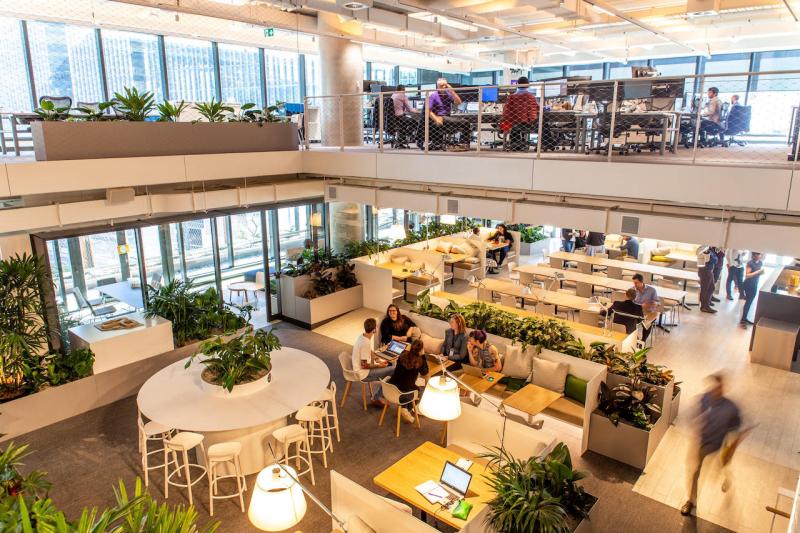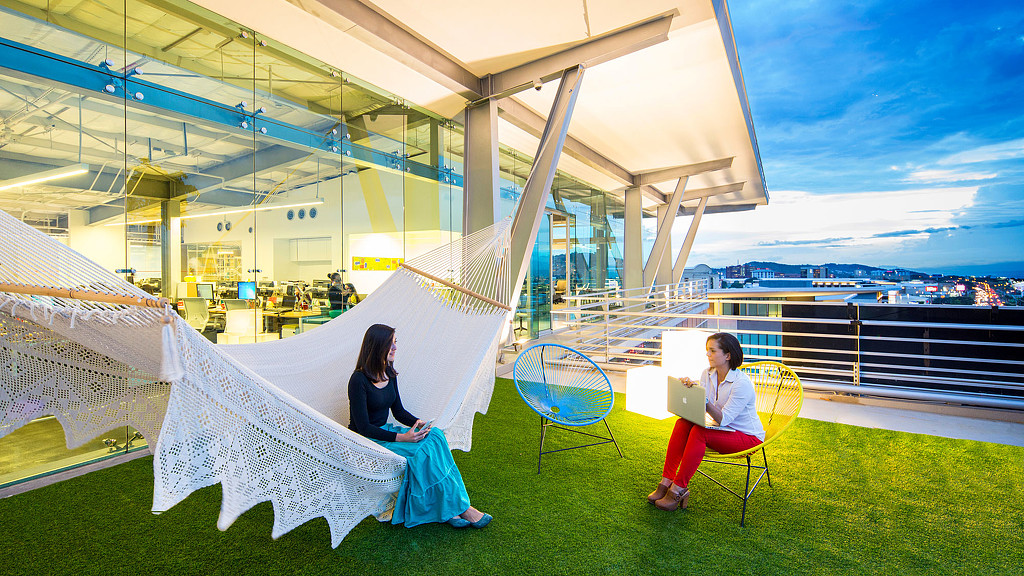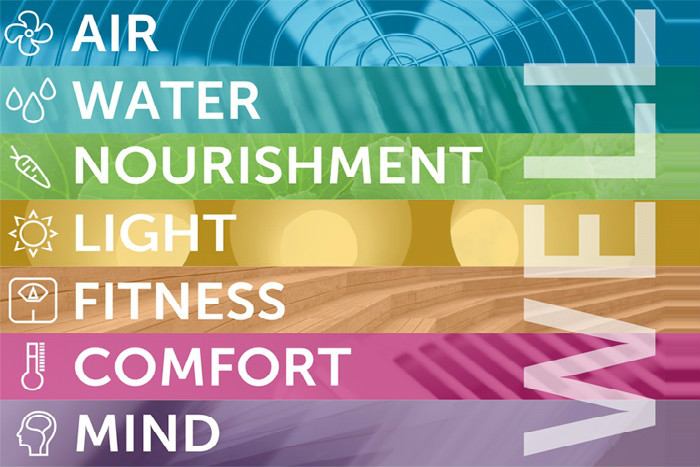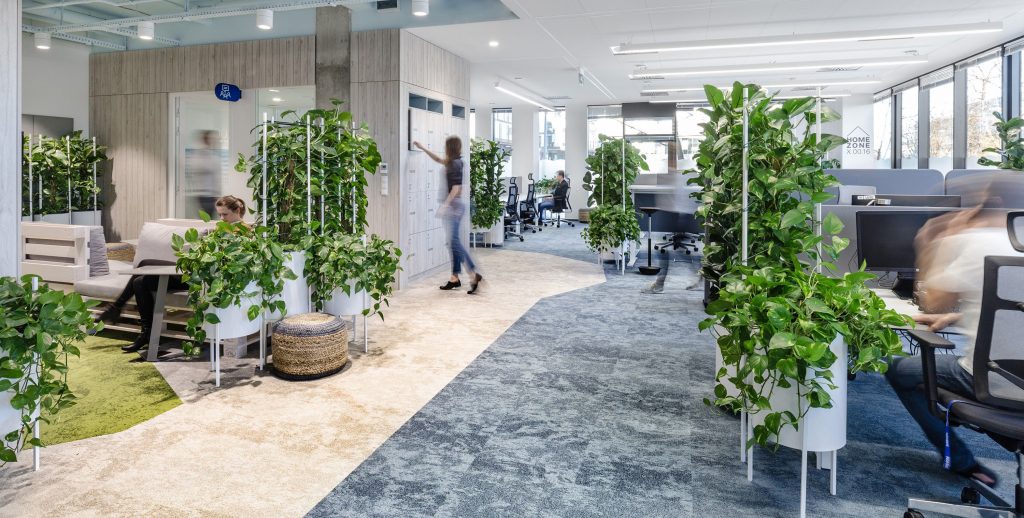
We might feel like we’re living in a bubble, but we have a golden opportunity to improve our indoor environments. Photo: Beate Bachmann/Pixabay
You may know the saying claiming the Chinese characters for the words “crisis” and “opportunity” are the same. Well, not exactly. If you do a little digging and read what modern Chinese speakers say, this isn’t correct.
There IS a popular saying in modern Chinese communities 危機就是轉機 which translates as “A crisis is also a turning point.” It’s possible over time these two ideas have merged. People are said to use this phrase to comfort or console someone who is in a very bad situation, whether it’s their fault or not.
If ever we needed consoling in a bad situation in modern times it’s now during the coronavirus pandemic. Whether you’ve lost a loved one or friend, a job, or your personal freedom due to this illness, it’s been rough on just about everyone.
But human beings are resilient. We wouldn’t have survived this long otherwise! We are also creative, and we move forward best by looking ahead and being flexible.

there is so much opportunity to improve our world by incorporating the principles of biophilia, biophilic design, and including nature into our everyday lives for our health and wellbeing. Photo: Gerd Altmann/Pixabay
Your enthusiastic Eco-Warrior is here to tell you there might not be a saying for it, but there is so much opportunity to improve our world by incorporating the principles of biophilia, biophilic design, and including nature into our everyday lives for our health and wellbeing. Studies show we spend 90 percent of our time indoors.
The way we look at the places we live, work, and play will never be the same. We have a new awareness about our health. The old-style office environment now looks like a possible threat. But it ALWAYS was a potential threat. We’ve been discussing it for years.

Isn’t this the type of office you feel completely comfortable working in? Photo: Courtesy International WELL Building Institute
The common open office environment damages your physical and mental health. Need proof? National Institute of Health researchers found every time you double the rate of outdoor air delivered into an office, worker performance improves by 1.7%. In an analysis of sick leave data for more than 3,000 workers in 40 different buildings, 57% of all sick leave was caused by poor air circulation.
In a study of workers who performed more poorly on a typing test when exposed to indoor pollution, guess where the “pollution” came from? A dirty carpet full of volatile organic chemicals (VOCs)! Ewww. Indoor air can be more polluted than outdoor air.
The coronavirus pandemic forced us out of those offices. For 40 percent of the population who can work from home, many now realize how much better they work. As long as you don’t have to homeschool your kids at the same time.
Hallelujah, I’ve been preaching about the need for these changes for decades!

Imagine what the post-pandemic office could be like. Our friends at Gensler have created this space at their location in Costa Rica. Photo: Courtesy Gensler
Young adults in an office designed following biophilic design principles had lower blood pressure, lower heart rates, and better performance on short-term memory tests.
Now we have the opportunity to make these changes take place. Building owners and facilities managers will need to add physical distancing to keep employees safe at work. But why stop at the minimum? It’s time to improve the office environment so employees will choose to return instead of working at home.
I’m a big believer in the WELL Building Standard ™ as a universal set of guidelines. It’s not new. After six years of research and development, it was launched on the west coast in October 2014 at a meeting I attended, and I was blown away. The WELL Building Standard is the premier standard for buildings, interior spaces, and communities seeking to implement, validate and measure features that support and advance human health and wellness.
You might have heard of LEED-certified buildings. LEED is about the buildings themselves – the WELL Building Standard is about the health of the people inside buildings.

The WELL Building Standard looks at the interaction of people with architecture.
The WELL Building Standard takes the scientific and medical research and literature on environmental health, behavioral factors, health outcomes, and demographic risk factors that affect our health, and uses this knowledge to generate new practices in building design, construction, and management.
By making these changes in our workplaces, we can decrease the rate of illness overall, improve our productivity and creativity at work, improve our emotional health, and leave us with a more positive outlook and better mood. Healthier employees also stick around, reducing rehiring costs.
So what do you need to do? It doesn’t necessarily require expensive rebuilding or retrofitting to get these benefits. Here are our suggestions based on four decades of experience.

Adding plants to the workplace can go a long way toward improving indoor air quality.
Improve your indoor air quality. Add filters, use less plastic and synthetics, and add plants to help clean the air of toxins and carbon dioxide. Plants are nature’s natural air filters, trees are thought of as earth’s lungs. They work hard for nothing more than a little light, water, and care.
Add access to outdoor spaces. Working outdoors is one of the safest places for your employees to gather. Now there’s a real practical incentive to consider adding green rooftops, planted decks and ground floor gardens, or moving lunchrooms to patios where there is fresh air, trees, and room for social distancing.
Bring nature inside. Adding design elements created from nature or mimicking nature can decrease stress, enhance creativity, and decrease sick days including mental health days. Adding living walls or moss walls, mobile room dividers lush with plants and floors using reclaimed wood (one of our favorites!), and potted plants can work wonders. We’ve seen it happen.
Modify your footprint. Floor plans moving forward need to give employees a more hygienic environment by providing more space. Just like airline seats (don’t get me started) the amount of square feet per employee in the typical office has shrunk from 225 square feet per person in 2010 to just 125 to 150 square feet today. This provides the OSHA recommended spacing of three feet between people. That’s not going to cut it anymore. Relaxing density will be critically important. It also gives you space to add those badly needed natural elements like plants, wood, and light.
In the post-pandemic world we’re going to live in from now on, healthy workplaces won’t be a luxury. They’ll be a necessity. They will also be a competitive advantage. When your employees can choose to work at home, but you value having them present in a collaborative workspace, you have to create a working environment so appealing and productive, your employees will choose your office space over their home office space.
Let Good Earth Plant Company help you move into the post-pandemic world successfully, efficiently, and economically. We enrich people’s lives with plants. Learn more on our website, then give us a call!

